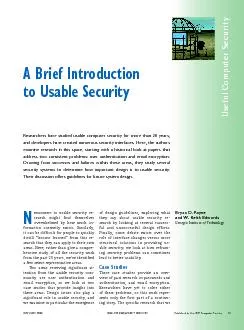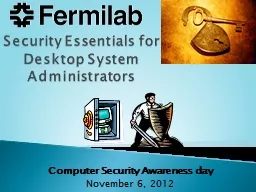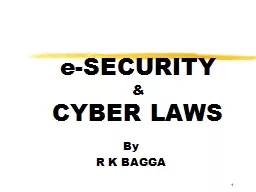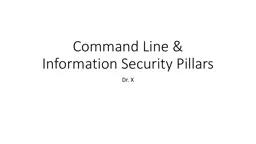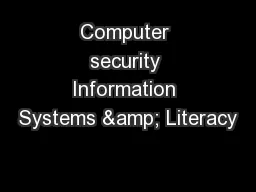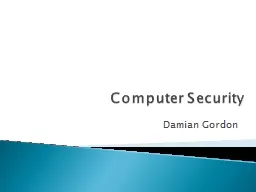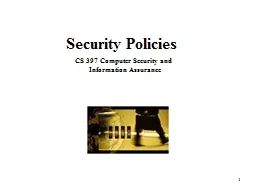PDF-Useful Computer Security
Author : celsa-spraggs | Published Date : 2015-11-30
16 wwwcomputerorginternetIEEE INTERNET COMPUTING SMIME Whereas PGP is available as a plugin to many email applications vendors already include Secure Multipurpose
Presentation Embed Code
Download Presentation
Download Presentation The PPT/PDF document "Useful Computer Security" is the property of its rightful owner. Permission is granted to download and print the materials on this website for personal, non-commercial use only, and to display it on your personal computer provided you do not modify the materials and that you retain all copyright notices contained in the materials. By downloading content from our website, you accept the terms of this agreement.
Useful Computer Security: Transcript
Download Rules Of Document
"Useful Computer Security"The content belongs to its owner. You may download and print it for personal use, without modification, and keep all copyright notices. By downloading, you agree to these terms.
Related Documents

